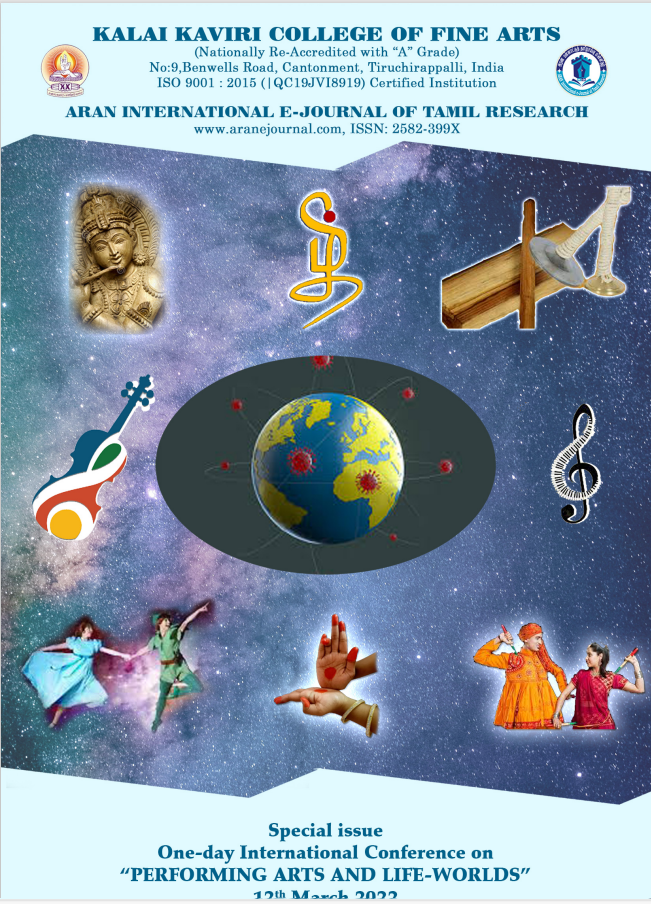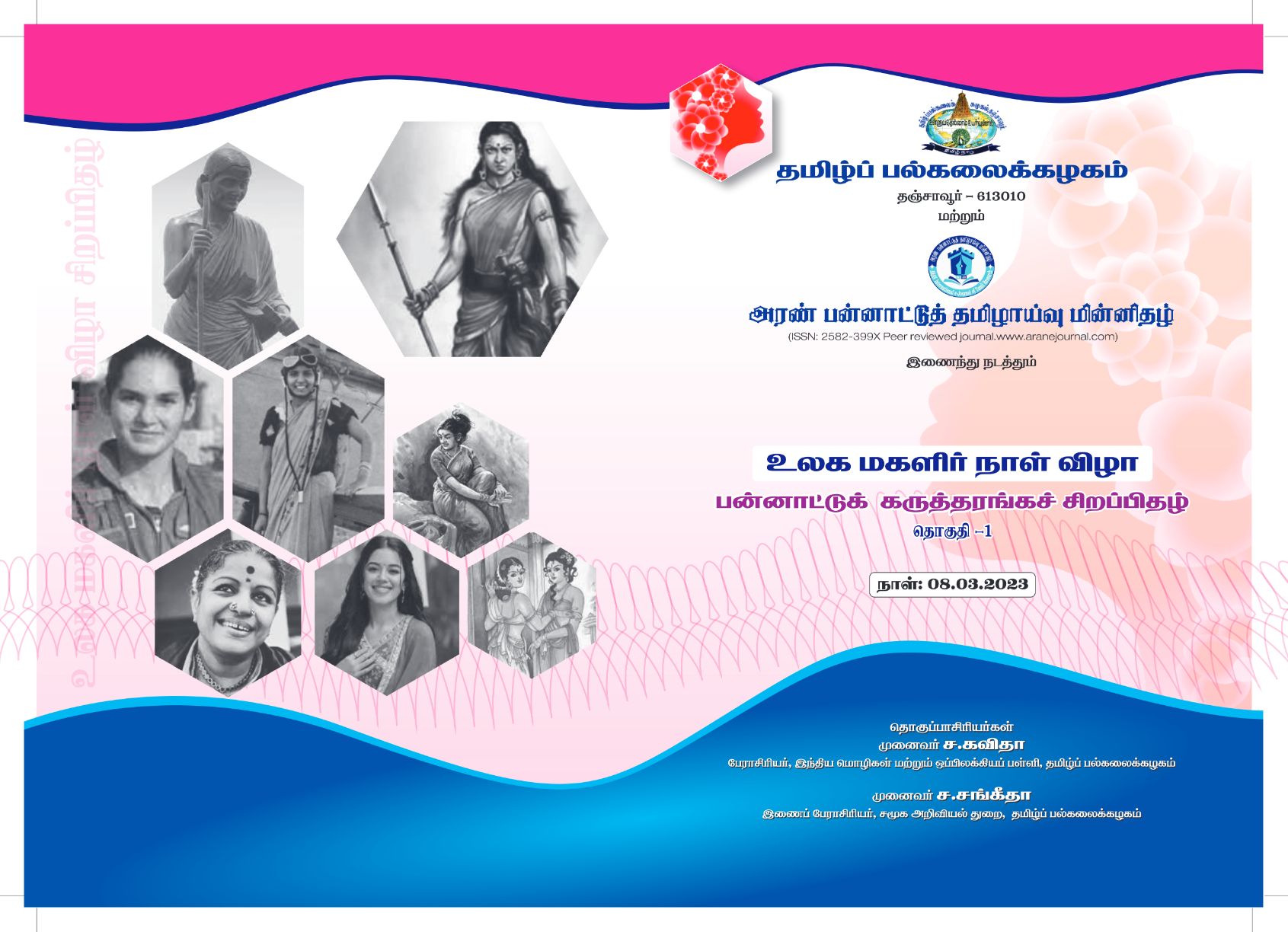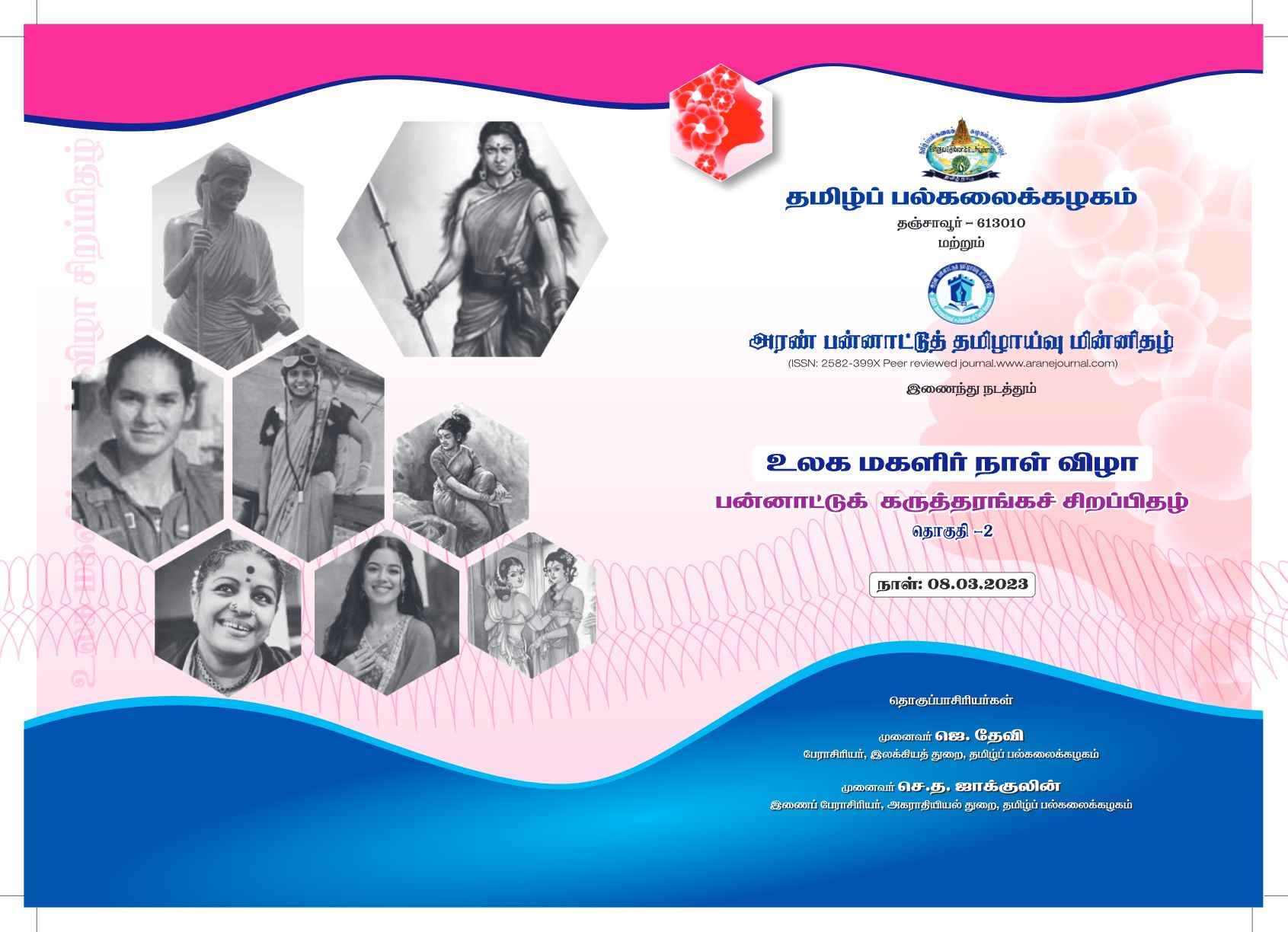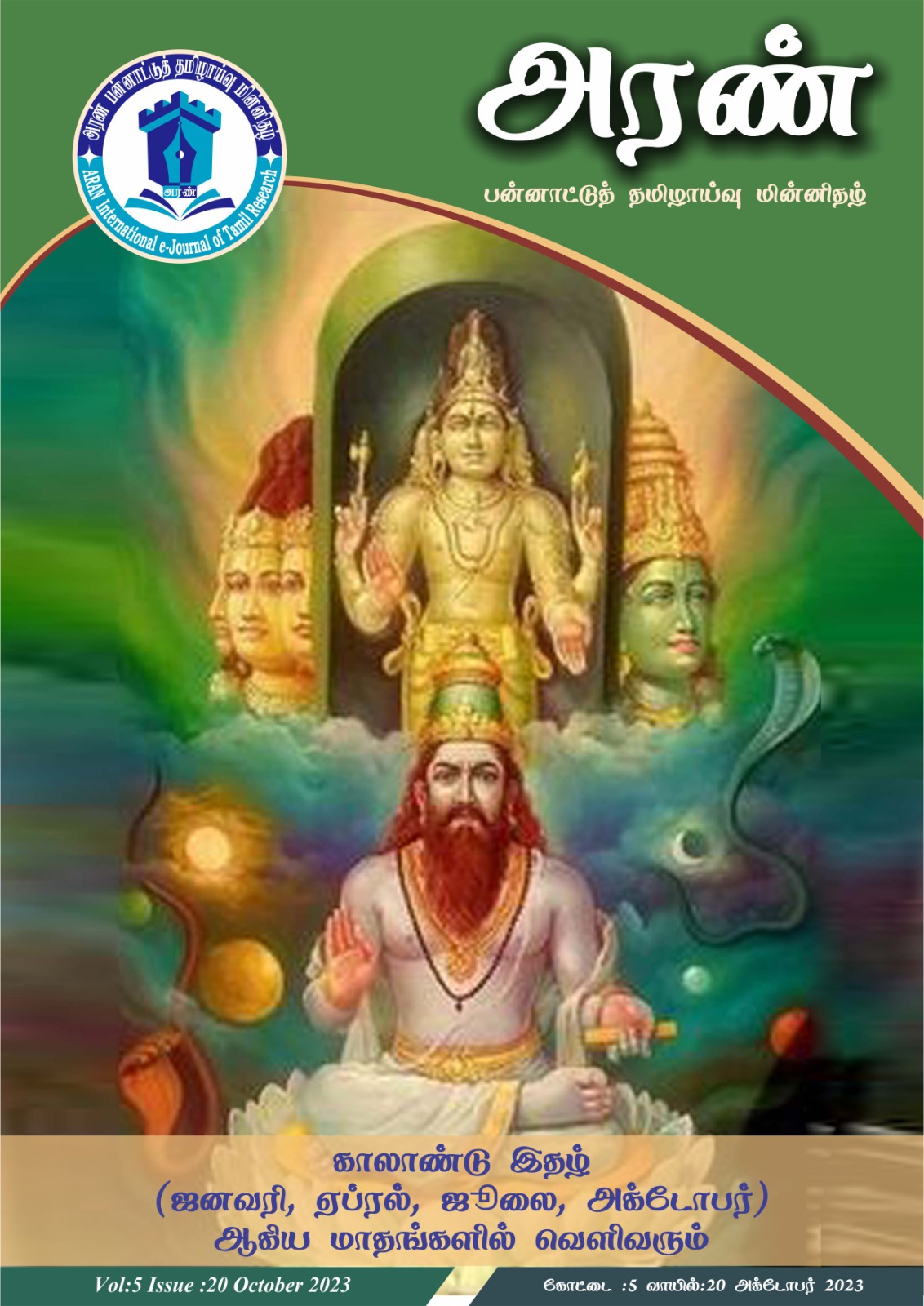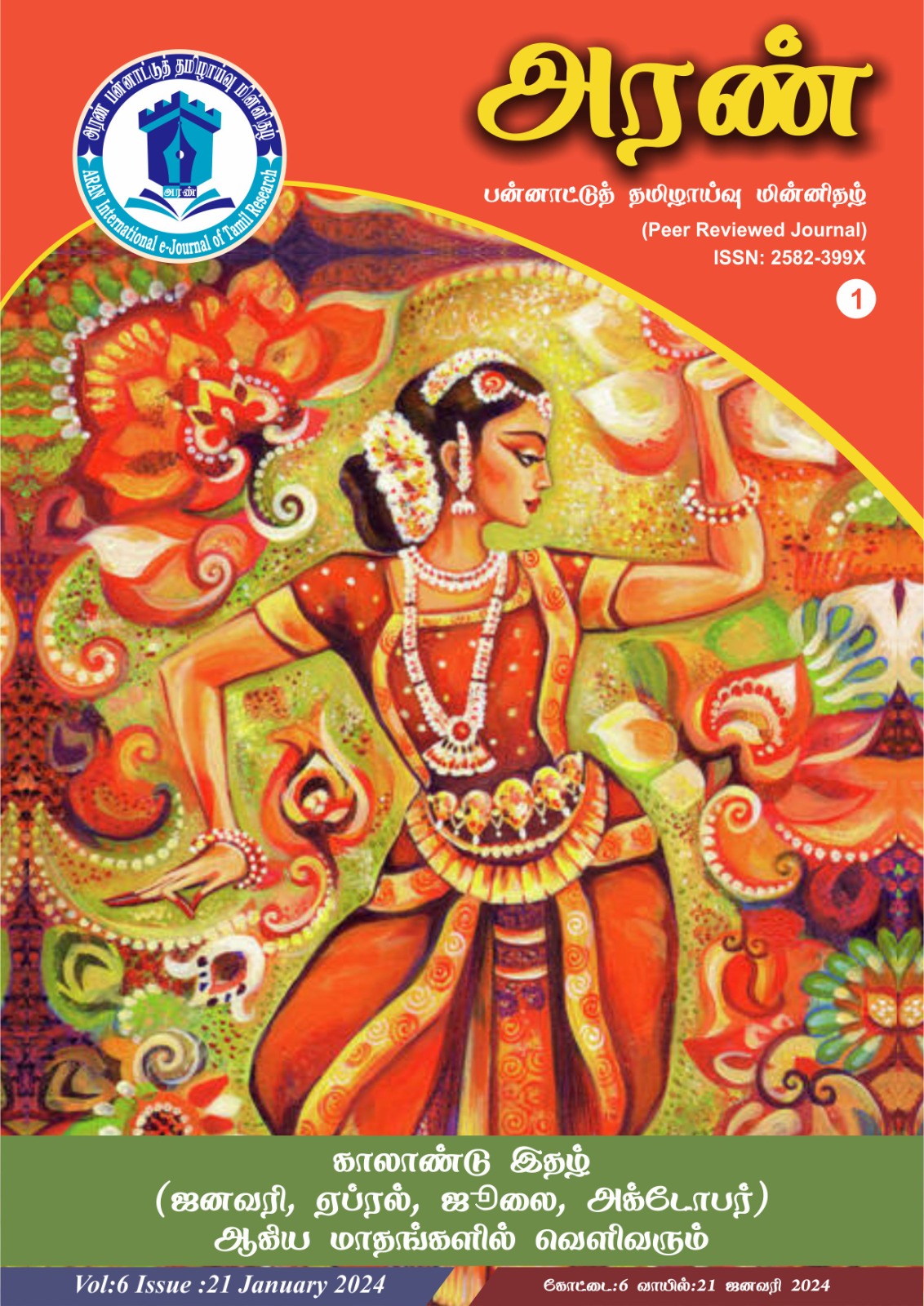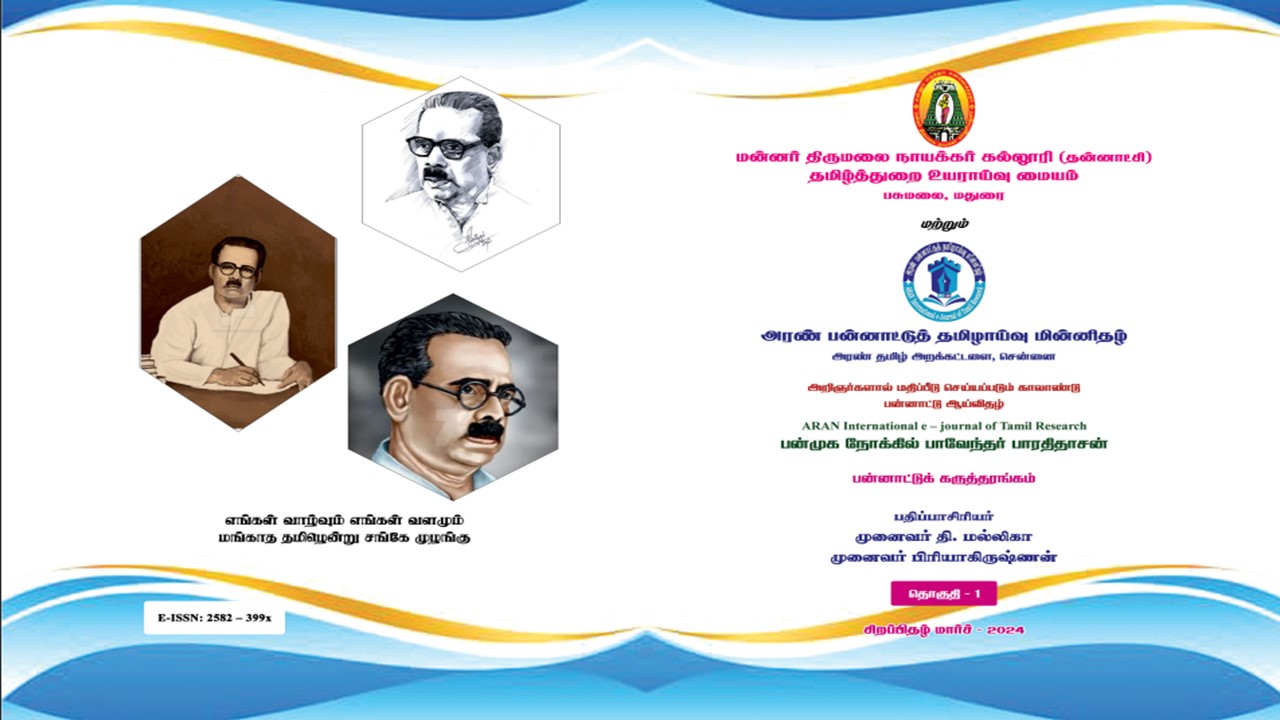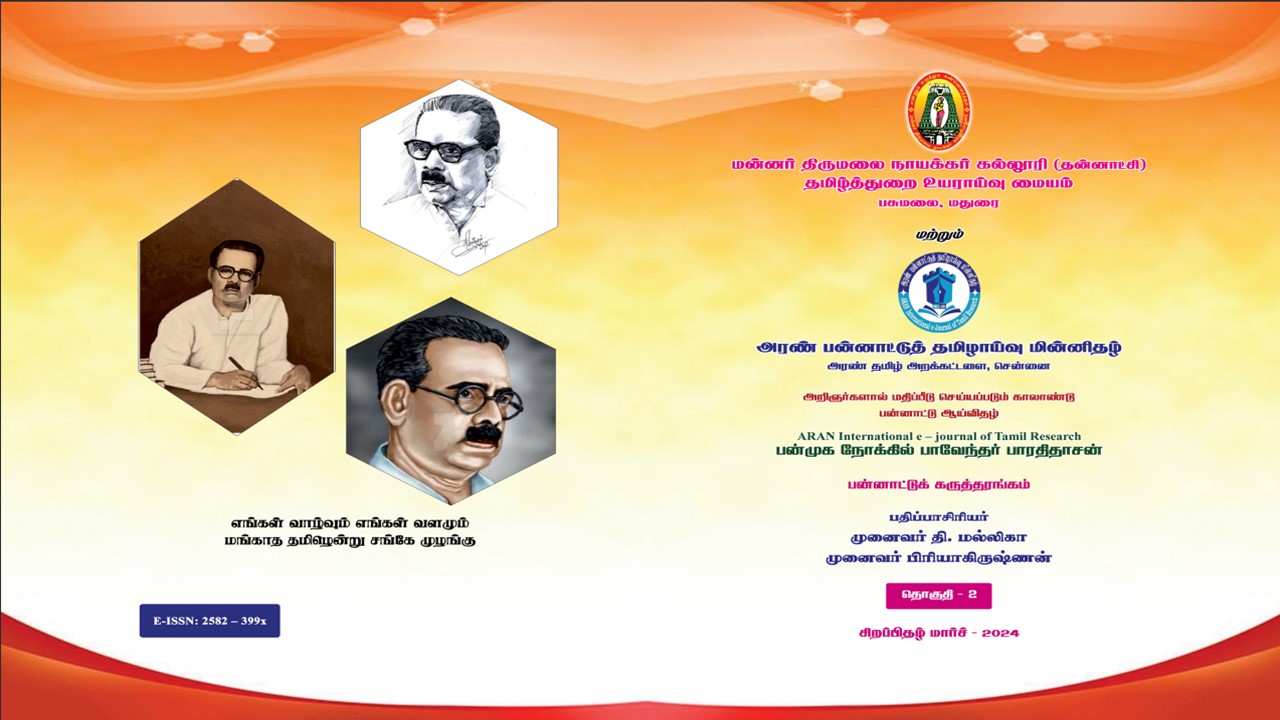Takshashila University - The Pride of Ancient India
Abstract
Education has always been played a pivotal role in Indian society since the times of the Vedic civilization, with gurukula and ashrams being the centres of learning. During the period of Buddha, a large number of universities were established in ancient India and universities gave importance to the development of Education. All University had an autonomous status mainly focusing on religious studies, there are evidences to the effect that the education culture was open. Science was interpreted in religious terms, but discussions, debates were common. Takshashila was the first University of ancient India to enrich knowledge to student as well society of the world. Thus all the centres of learning in India became affiliated to Takshashila and which enjoyed the status of central university. Takshashila which more than five centuries held a pride of Ancient India.
________________________________________________________________
Keywords: Autonomous, Debate, Archery, Medicine, Arthashastra.
Introduction
In ancient India, both formal and informal ways of education system existed. Indigenous education was imparted at home, in temples, pathshalas, tols, chatuspadis and gurukuls. There were people in homes, villages and temples who guided young children in imbibing pious ways of life. Temples were also the centres of learning and took interest in the promotion of knowledge of our ancient system. Students went to viharas and universities for higher knowledge. Teaching was largely oral and students remembered and meditated upon what was taught in the class. Takshashila University one of the famous university in ancient India as well as world. This university provided the quality of education to the students who were came from all over the world.
Objectives of Study
Research paper has the following objectives:
- To know the university in ancient times.
- To identify the growth of Takshashila University in ancient times.
- To know the curriculum of the University.
- To know the outcome of the students in ancient times.
- To analyse impact of the teachers-Students relationship and welfare inTakshashila University.
Methodology
In this research both descriptive and analytical methods are used. It critically examines the educational activities of Takshashila in Ancient India.
Universities in Ancient India
India has a very long history in the field of education. With the growth of cosmopolitan cities and towns, Universities came into established throughout India. Those University established with the connection of Buddhist Viharas at Benaras ,Navadeeb. During the period some famous universities like Takshashila and Nalandha enjoyed the status of an international University. These were located in forests area and ensured status of autonomy in their teachings. And also gives the inculcates the idea of tolerance, liberty, freedom of speech and discussion.1Takshashila, Nalanda, Valabi, Odanntapuri, Vikramashila, Somapura, Jagagadala, Puphagiri, Nagarjunkonda were known Universities of Ancient India.2 Among them Taxshashila and Nalandha declared as heritage site of India announced by UNESCO.
Takshashila University
Foundation of Takshashila University
The Takshashila also known as Taxila was oldest universities in India.It was established as early as during 700 B.C. The place Takshashila derived its name from Taksha ,a son of Bharatha.The Ramayana narrate,Takshashila gets its name from Raja Taksha (King Taksha) who was the son of Bharata. The word Takshashila, in Sanskrit means “belonging to Raja Taksha “.It is believed that Taksha was first ruler of the TakshaKhanda and founder of city Takshashila. The Mahabharatha also refers to Takshashila as a note seat of learning. The Jakata stories are equally full of reference to the fame of Taxila as a University town. In the days of Ashoka, Taxila was “one of the greatest and most splendid cities of the east enjoyed the special reputation as the headquarters of the Hindu learning.3Takshashila is considered a place of religious and historical sanctity by Hindus and Buddhists. It was the seat of Vedic learning and also seat of the strategist Kautilya who later helped to consolidated the emperor CandraguptaMauriya was a senior teacher there. He composed famous political treaties Arthashastra in Takshashila.4
According to Sir John Marshall, Takshashila embraces the three separate cities namely, the BirMount, SiraKap, Sirsukh. Thus within four centuries Taxila became subject to five different empires – the Macedonians, the Mauriyan, the Bactrian, the Parthian and the Kushana and from these widely different civilization, extending Greece to west China and from Russia to Bengal it must have inherited much of the culture and of arts in peculiar to each.5
Takshasila – Centre Higher Education
Takshashila was the earliest centre of higher education only higher courses were thought.Students who came to learn this university approximately sixteen to twenty years of the age Takshashila was so well known for its teachers that hundreds of student went to this place in search of , leaving aside the comforts and safety of their home. Numerous references show that students in hundred used to flock to this city from distant place like Banaras, Rajgraha, Ujjain, Kosala, Mathyadesa ,and from Kuru Kingdom in India. Takshashila was thus intellectual capital of India.6
Students from neighbouring countries areas and distant places studied in this university. It also continued to attract the students from all over the world. As it height it has suggested that Takshashila exerted a sort of “Intellectual Suzerainty” over other centre of learning in India. It primary concern was higher education 7
Teachers of the University
The fame of Taxila was mainly due to that of its teachers. They were always as being “world -renowned” and they were expert in the subjects they professed be in authorities, specialist and expert in the subjects they professed. Teachers authorities was complete and absolute. 8
Curriculum of the University
Education system was classified into two categories. Literary or general and scientific studies. The curriculum of Takshashila was Vedas and subsidiary subjects but also professional subjects (Silpas) Medicine, Surgery. Archery and Military Arts. Eighteen handicraft subject, like Greek architecture and arts were taught in scientific and industrial education. Eighteen arts were: Ayurveda, Surgery, Warfare, Jytosh, Book-keeping, Chariot driving Music, Dance, and painting. The study of science, arts, medicine seems to had a practical and theoretical course.9
Financial Source of University
All the necessary financial assistance was supplied by the society to teachers who as a general rule providing free boarding and lodging to the students to all the students. No students required fees on the compulsory basis. The spiritual standing, renunciation and deep knowledge of the teacher inspired many rich person to give finance to this institution. Some rich parents also gave generous monetary help to the students.
The some communities also was conscious of its duty to the cause of education. The rich people very often used to make arrangement for the food to the students all throughout the course of the study.
Admission and Accommodation
Admission was free to all castes students except Chandalas. There were no restriction about the choice of the subject which was entirely left to the students. The deferent classes and castes merged in the democracy of the learning. The democracy was strengthened by the existing of a common code of rules and observances prescribed for students irrespective of social or economic status. The students admitted freely to any courses provided they had necessary background and depend upon the public contribution to education on the scholarship they obtained. The student belonging to all classes and castes including princes and nobles, merchant, tailors and the poor students were staying and learning together. 10
More than10,500 students from all over the world studied here. The campus accommodated the students who came from Babylonia, Greece and Arabia etc.11
Educational Activities of the University
Generally the students were entered Takshasila University at the age of sixteen. In that age the Vedas, the ancient Hindu Scriptures were thought. At the age of eighteen Silpa or Arts, which including skills such as archery, hunting and elephant lore were taught in the addition to subject like law, medicine and military science. The students came Takshashiila from far-off places such as Madhi, Kosala and Mahabharatham in Ancient India. 12
Studies of the students commenced very early morning with crowing of the cock. Probably a clock was domesticated in every school to work as a clock. Cock were trained call the students to study. One kind of birds like the Tittiri according to Jataka were duly trained to recite Vedic hymns and helps the students by such recitation.13
Shift System of Education
According to the convenience of the students instructions were provided to the students. The poor students who failed to pay the tuition fees used to perform manual work for the University in day time. For them provision for education was a night. Many scholars attended the night school.
Medical Education:
Takshashila was the main centre of medical education. The students should completed with the seven years. At end of study the students were examined in the knowledge of different type medical plants. After complete the education the teacher ordered the students to go to his home and practice medicine and surgery. Jivaka was an eminent physician and also specialist in surgery. He had studied seven year in this University.
Tuition Fees
Admission to the University of Taxila was made on the basis of payment of Tuition fees advance. A fixed sum seems to have been fixed for this purpose.14
Famous Student and Teachers of the University
The University produced in its time three great scholars.
1. Charaka the famous physician who wrote Charaka Samhita on Ayurveda
2. Kautilya (Chanakya), the famous Sanskrit’s Grammarian who wrote the book Arthashastra
and had given detailed account about social, economic, political condition of ancient India,
especially information about life history of Chandragupta Mauriya.
3. Panini, who was a scholar of Sanskrit and considered to be founder of Grammarian and the
study of language and literature.
Mahayana Buddhism given a reference to this institution, Jivaka was the court physician of Magatha Emperor Bimbisara and personal physician of Goutham Buddha and was the student of Takshashila University.15
Salient Features of Takshashila University
The education system of this university in ancient period claim to be unique in the world in many respect like-
- The democratic principles were followed in this university.
The students belonging to all the classes and castes including princes and nobles, merchants, tailors and the poor students were staying and learning together.
- The society did not interfered with the curriculum of studies
- It gave more importance to the medical education.
- The personal relations between the teacher and the taught did not restrict in those time. Each student to met the teacher separately and learn from him through separate instruction and guidance. Thus students and the teachers were living together like family.
- Higher education upheld the dignity of teachers. Apart from the education, the student also learned knowledge literature of a subject had to be followed by its practical applications.
- Takshashila University given importance to debates and discussion among the students.16
End of Takshashila University
The city was destroyed in 5th century C.E. probably as result of an invasion of tribe of Huns from east. During that time this proud centre of learning got completely extinguished.17
Conclusion
From the above explanation it is quite clear that the Takshashila University reached its zenith in the field of Higher education in ancient times. It was the first University Ancient India to given higher education to India as well as world. Charaka who was the alumna and teacher of the University wrote the book “Charaka Samhita” about Medicine. He is called father of Medicine in India. Koutilya also the alumna of this University and wrote ‘Arthashastra'. It is a greatest evidence of ancient India. Syllabus of University attracted and enriched knowledge to students, student from abroad to entered into study in this University. University spread Indian knowledge and Culture to the world through the education. The fame of this University across the India in California, CaliforniyaTakshashila was established in 2008 on the model of Takshashila University. Thus Taksshashi should righlty call the “Centre of Intellectual Suzerainty”
References
1.B.N.Dash, History of Education in India ,Confinement Publisher and distributed ,New
Delhi .p.147
2.J.B.Barua ,Universities in Ancient India, Fulton Publication, 2016, New Delhi.
3.B.N.Dash, History of Education in India ,Confinement Publisher and distributed ,New
Delhi,2011 .p.146.
4.J.B.Barua Universities in Ancient India, Fulton Publication, 2016, New Delhi.
5.B.N.Dash, History of Education in India ,Confinement Publisher and distributed ,New
Delhi,2011.p.146.
6.D.G.Apte,University in Ancient India , Faculty Education Psychology,MaharajaSayajirao
University of Baroda,1959, p.p.9
7.J.B.Barua ,UniversitiesinAncient India, Fulton Publication, 2016, New Delhi.
8. D.G.Apte, University in Ancient India Psychology,MaharajaSayajirao University of
Baroda1959, p.17
9 .B.N.Dash, History of Education in India ,Confinement Publisher and distributed ,New
Delhi,2011, p.159.
10. D.G.Apte,University in Ancient India ,Psychology,MaharajaSayajirao University of
Baroda, 1959, p.19-20.
11. J.B.Barua Universities in Ancient India Fulton Publication, 2016, New Delhi.
12.Jayabalan, History of education in India, Atlantic publisher,Delhi,2005,p25.
13.B.N.Dash, History of Education in India ,Confinement Publisher and distributed ,New
Delhi,2011, p.158.
14.R.S.Sharma&R.K.Sharma,History of education in India, Atlantic
publisher&Distributor, Delhi,2004.56.
15.D.G.Apte,University in Ancient India ,Psychology,MaharajaSayajirao University of
Baroda,1959, p.21
16.B.N.Dash, History of Education in India ,Confinement Publisher and distributed ,New
Delhi,2011.p.158.
17.Ryan Bridyos,MakingTakshila in California, Takshashila University Press,
silican Vally,California,2008,p.13.

